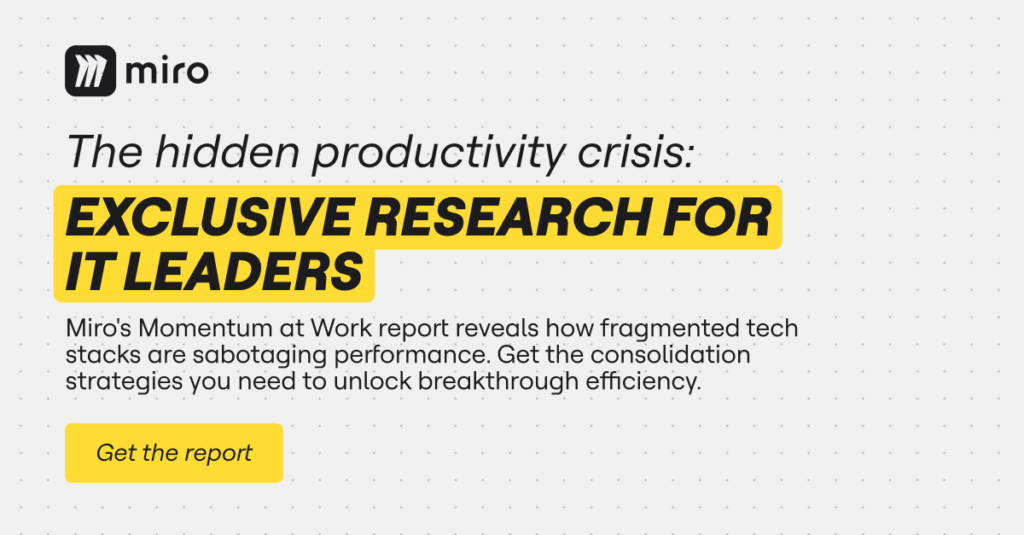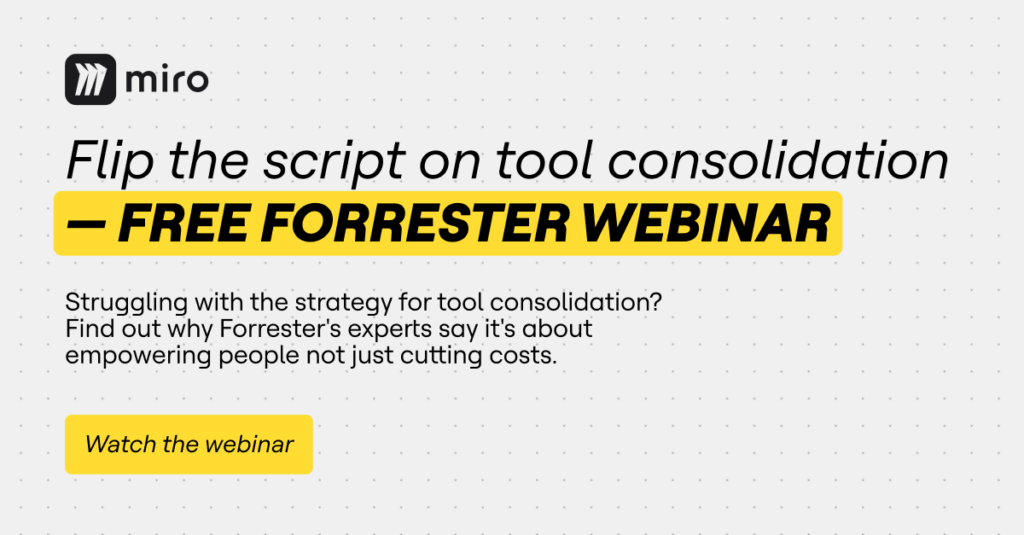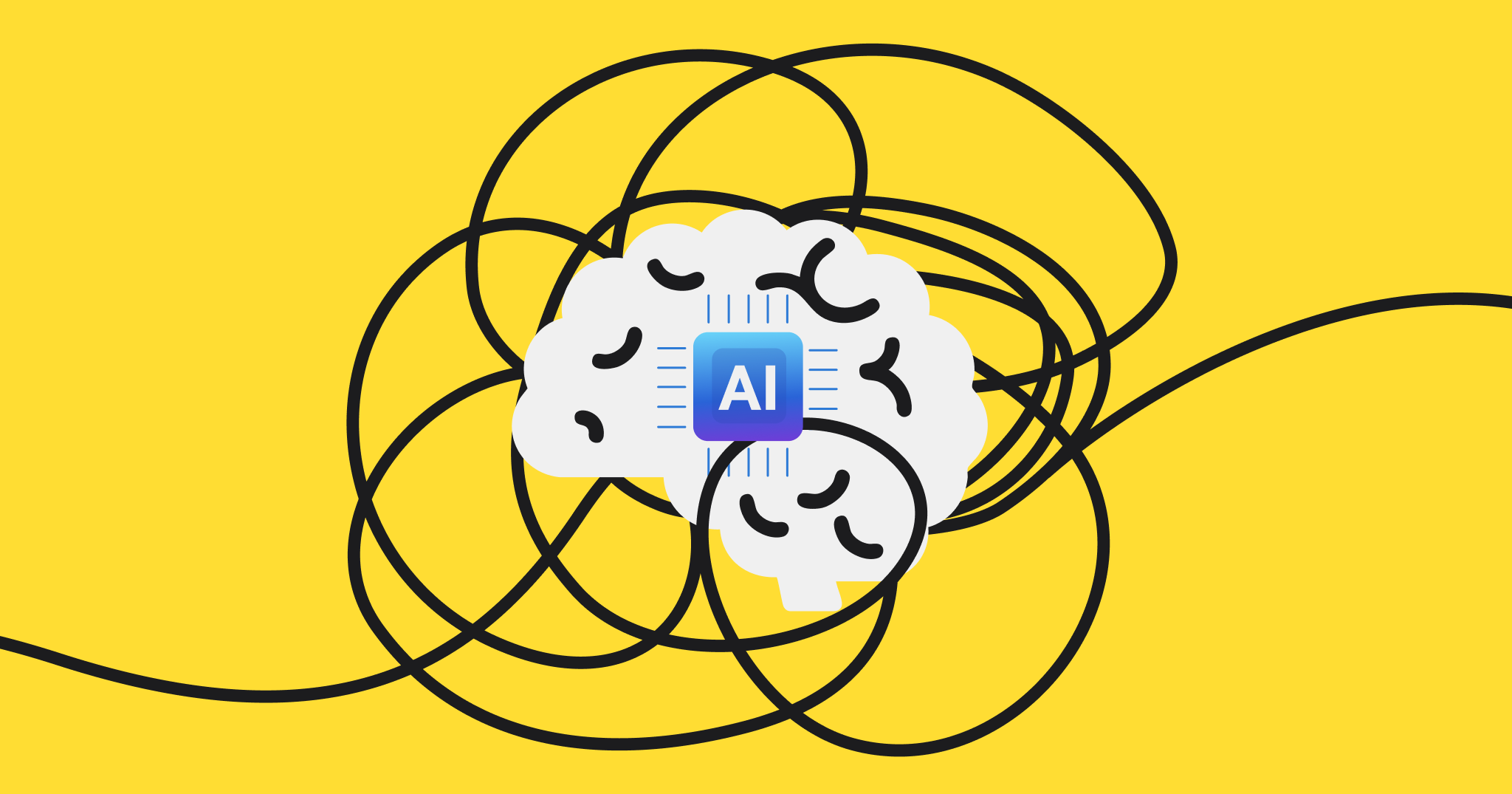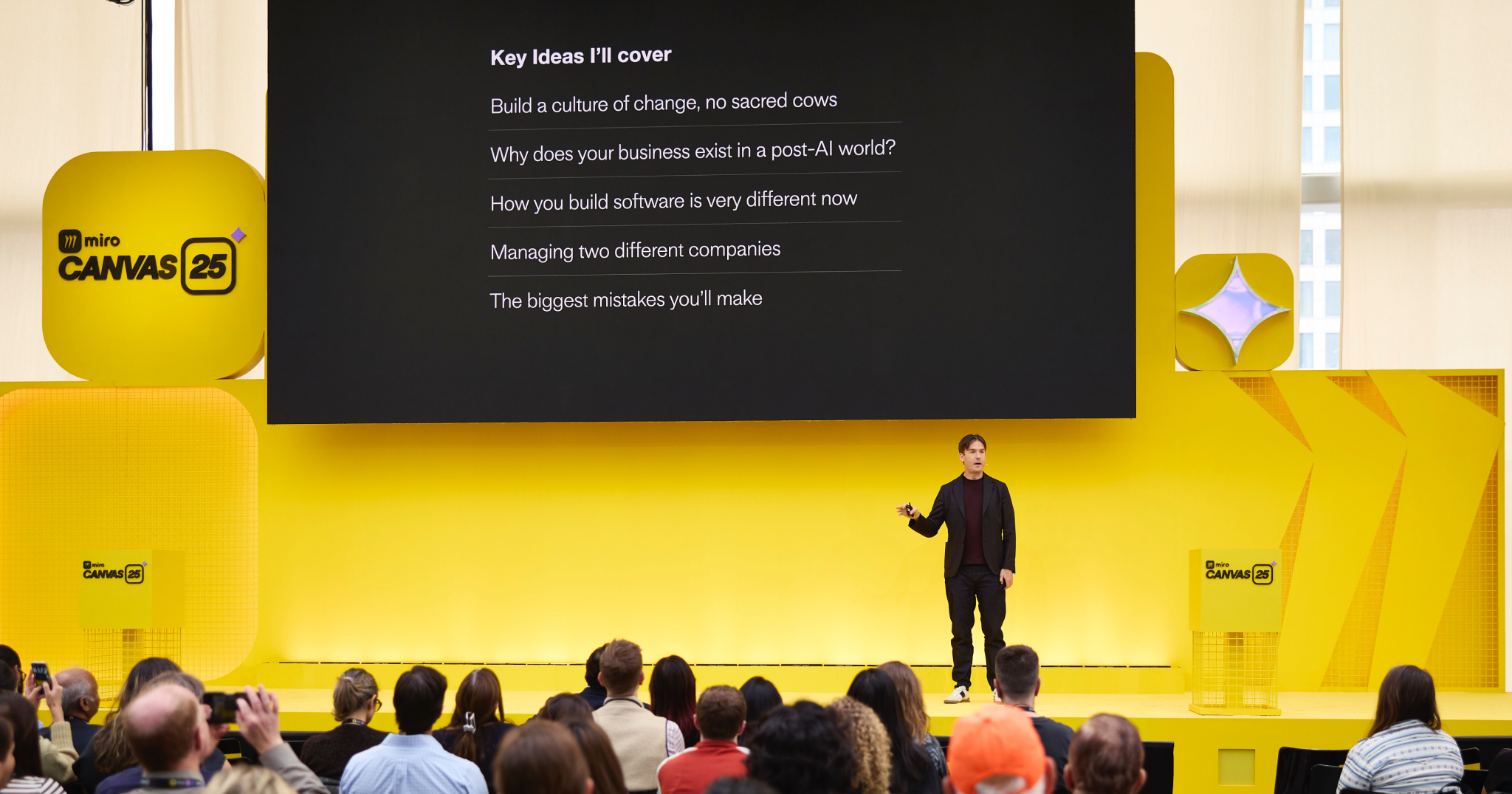As Q4 budget planning hits full stride, IT leaders face a familiar issue: The pressure to do more with less while simultaneously preparing for transformative initiatives like AI adoption. But before rushing to fund the next wave of innovation, there’s a more fundamental question to answer: Is your current tech stack helping or hindering your ability to execute?
The answer, for most enterprises, is uncomfortable. Tool sprawl has become the invisible tax on every IT initiative — draining budgets, fragmenting data, and creating the exact kind of operational friction that makes strategic transformation nearly impossible.
More resilience, fewer tools
The global operating environment for 2026 looks increasingly volatile. Potential regulatory shifts around AI governance, evolving data privacy requirements across multiple jurisdictions, and economic uncertainty are all forcing IT leaders to prioritize operational resilience over expansion.
Tool sprawl is the enemy of resilience. When your tech stack spans dozens of disconnected platforms, every new compliance requirement becomes an integration nightmare. Every vendor relationship becomes a potential risk. Every system handoff becomes a failure point.
Consolidated platforms reduce your attack surface, simplify compliance audits, and give you the agility to respond when circumstances change. CISOs can’t control tariffs or regulations, but they can control how many vendors have access to their data.
AI won’t fix shaky foundations
Perhaps no trend is creating more pressure than the imperative to become “AI-ready.” According to Miro’s own research, 63% of employees are already using AI work tools, while task-specific AI agents are set to see explosive growth in the next 12 months.
But here’s what the hype misses: AI initiatives consistently fail when they’re built on fragmented tool stacks. Why? Because AI thrives on connected data and streamlined workflows. When your teams are context-switching across eight different tools just to complete a single process, there’s no foundation for AI to augment. You’re just automating chaos.
So it’s definitely a concern when 69% of leaders tell us that switching between core work tools and AI tools causes friction and interrupts workflows. As is the fact that 37% of leaders have difficulty integrating AI with existing infrastructure.
The enterprises seeing ROI from AI aren’t necessarily the ones with the biggest budgets — they’re the ones who consolidated first. They built platforms where collaboration, structured work, and data naturally converge, creating the environment where AI can actually deliver productivity gains.
The human cost of tool chaos
There’s another reason to prioritize consolidation in 2026 planning: Your people are exhausted. Harvard Business Review research shows that digital workers toggle between applications nearly 1,200 times per day, spending almost four hours per week — or five working weeks per year — simply reorienting themselves after switching apps.
This isn’t just a productivity issue — it’s a retention issue. When talented employees spend their days wrestling with tool friction instead of doing the work they were hired to do, burnout follows. And in a tight labor market, that’s a cost IT leaders can’t afford.
Tool consolidation isn’t about taking capabilities away. It’s about giving teams a coherent environment where they can actually focus.

Start now, benefit all year
CFOs understand the language of recurring cost reduction. A well-executed consolidation strategy delivers immediate SaaS savings while simultaneously reducing the hidden costs of integration maintenance, security overhead, and support complexity. It’s the rare IT initiative that pays for itself in the first year while setting up future transformation.
But the timing of this decision matters. Budget cycles approved in Q4 tend to carry forward throughout the year with limited flexibility. The tools you commit to now will shape your operational reality for the next 12-18 months.

Leading IT organizations aren’t treating consolidation as a cost-cutting exercise — they’re treating it as strategic infrastructure. They’re asking:
- What platform gives us the flexibility to move fast when opportunities emerge?
- Where can collaboration, productivity, and AI-enablement exist without creating new silos?
- What consolidation creates more capability, not less?
Those questions, answered now, determine whether 2026 is a year spent managing tool sprawl or a year spent executing on transformation. The choice, and the savings, start with your Q4 budget decisions — but they’ll reverberate for the next 12 months at least.




